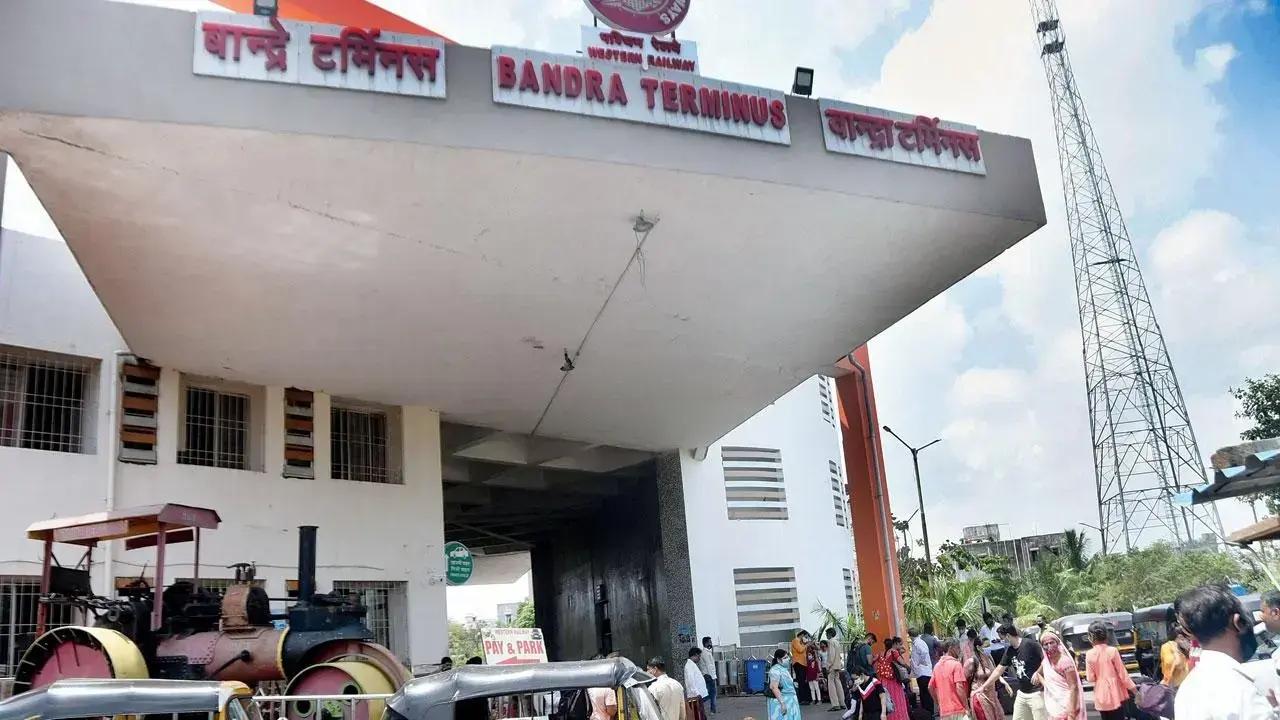By 9 a.m. on October 7th, Typhoon No. 22 (Halong) had strengthened to a strong intensity, with maximum sustained winds near its center reaching 35 meters per second and a central pressure of 975 hectopascals. The system was moving due north at about 15 kilometers per hour. Meteorological agencies warn that the typhoon will continue to intensify as it travels northward over warm waters south of Japan before curving eastward later this week.
A magnitude 4.9 earthquake occurred off the coast of Fukushima Prefecture around 9:30 a.m. on October 7th, registering a maximum intensity of 4 on the Japanese seismic scale. According to the Japan Meteorological Agency, there is no risk of a tsunami caused by this tremor.
Former U.S. President Donald Trump took to social media to congratulate Japan following the selection of its first female prime minister, Sanae Takaichi. He wrote, “Japan has just elected its first female Prime Minister, a highly respected person of great wisdom and strength.” While Trump did not name Takaichi directly, his post came as she assumed leadership of the ruling Liberal Democratic Party (LDP) and was set to be formally elected as prime minister.
Osaka University’s Shimon Sakaguchi, a specially appointed professor, has been awarded this year’s Nobel Prize in Physiology or Medicine for his groundbreaking work in immunology. Sakaguchi is best known for discovering regulatory T cells, a type of immune cell that suppresses excessive immune responses—a finding that has had far-reaching implications in medical science.
A collision occurred on the Tokyu Den-en-toshi Line on the night of October 5th when a local train attempting to arrive at Kajigaya Station in Kawasaki City struck a stationary out-of-service train, causing several cars of the latter to derail. Investigators from the Japan Transport Safety Board arrived at the scene on the morning of October 6th to begin examining the cause of the accident.
https://newsonjapan.com/article/147181.php



